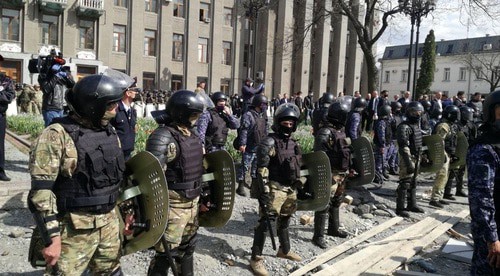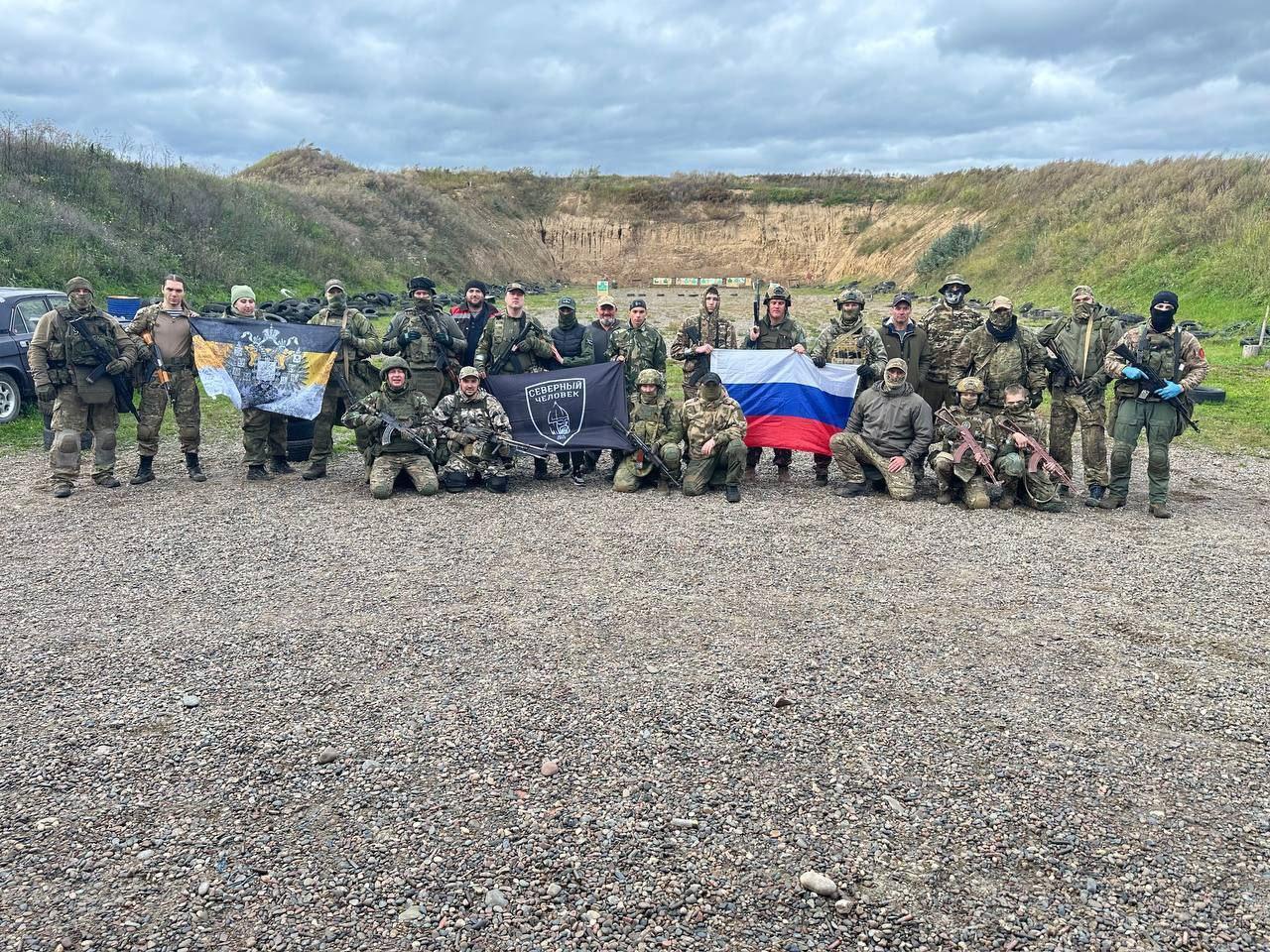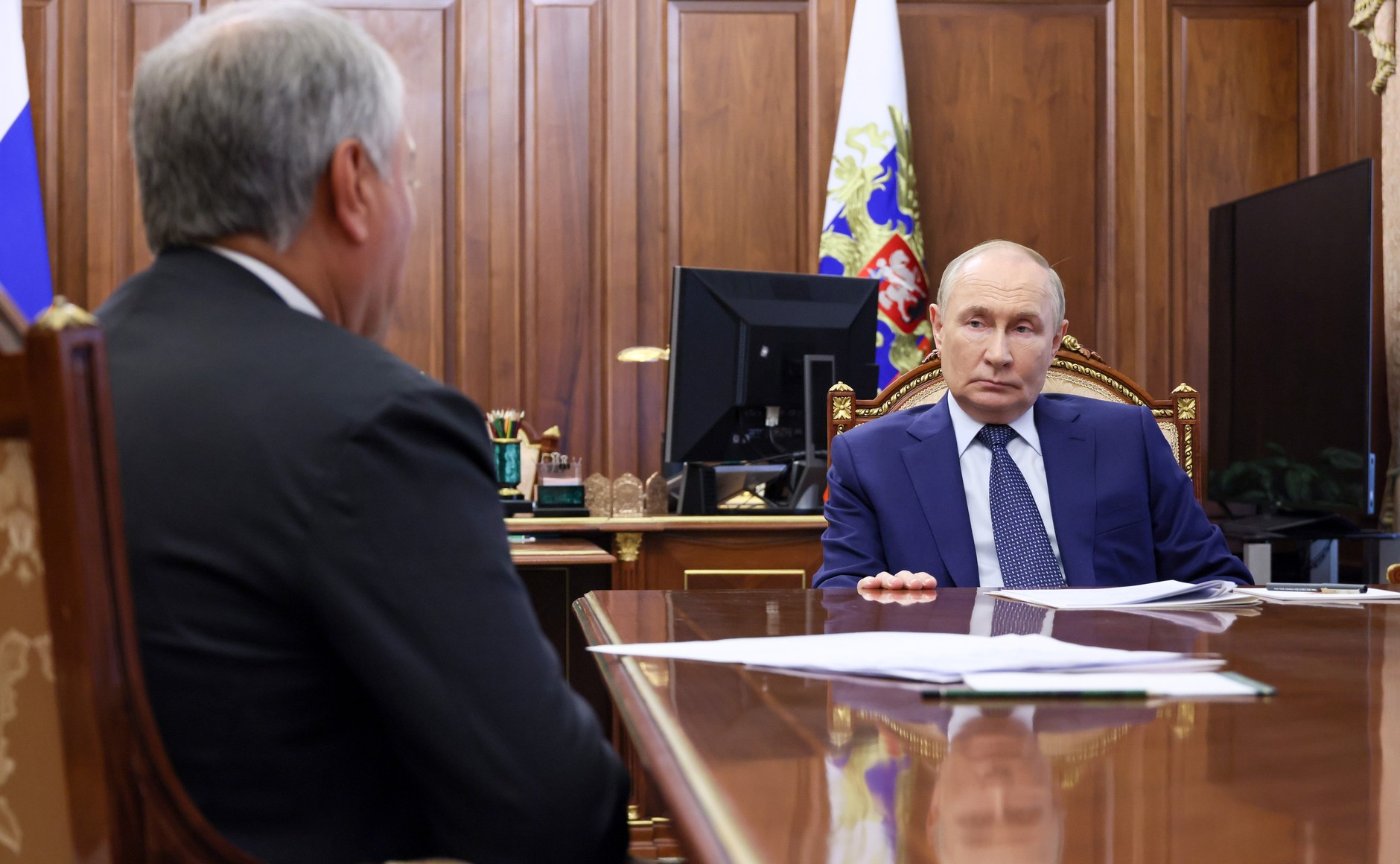
The Pandemic Crisis Erupts Into Riots in the North Caucasus
The Pandemic Crisis Erupts Into Riots in the North Caucasus
The North Caucasus is beginning to show signs of destabilization, as pandemic-related restrictions and a poor economy expose societal fault lines. Regional governments imposed draconian self-isolation measures to stop the spread of the novel coronavirus but provided little or no relief to struggling businesses and individuals. The first public protests in Russia tied to COVID-19 broke out in North Ossetia–Alania. On April 20, an estimated 2,000 people gathered on the square in front of the government building in Vladikavkaz, North Ossetia’s capital. The demonstrators demanded the resignation of the regional governor, Vyacheslav Bitarov, the release of a popular activist from police custody and the improvement of economic conditions. When the police and the Russian National Guard began forcefully dispersing the protesters, some threw cobblestones at the officials. Eventually, the government’s forces cleared the city center and arrested dozens of rally participants (Kavkazsky Uzel, April 25).
The protest action was not well organized and did not have obvious leaders or even a clear agenda. Unsurprisingly, the demonstrators achieved few positive results apart from securing the governor’s promise to increase support for the most vulnerable families. Shortly thereafter, however, the government crackdown on the protesters ensued. Some received light sentences for administrative offenses, but others are facing criminal investigation and several years in prison for alleged violence against the police (Abon, April 29). Investigation of the public disturbances in Vladikavkaz has been transferred to Moscow—a sign of the importance the Russian government accords to these events. At least one person was arrested in Moscow for overseeing an online chat for the Vladikavkaz protesters (MBK, April 29). It appears the authorities fear that the protest in North Ossetia might spread to other regions of Russia, and they intend to nip the ostensible uprising in the bud.
To a large extent, the recent rally in the North Ossetian capital was motivated by local material grievances; but it also exposed deep distrust in the government. For example, many of the protesters apparently did not believe in the reality of the coronavirus threat, instead espousing various conspiracy theories. One of the most prominent personalities of the movement, Vadim Cheldiev, was detained two days prior to the protest action for “spreading fake news” about the pandemic, which, he claims does not exist. Later, the authorities charged Cheldiev with resisting arrest. Notably, the local police and National Guard units refused to disperse crowds, so the authorities had to dispatch security and law enforcement units from other Russian regions to use against the protesters (Freerussiahouse.org, April 23). A local Ossetian member of the National Guard was fired after he defended an elderly protester from assault by the external police force (MBK, April 27).
One of the participants of the April 20 protest recently wrote that the media is to blame for the people’s disbelief in the danger of COVID-19. “It is hard to believe somebody who often lies,” the activist summed up and demanded that the authorities stop blaming people for their discontent (Facebook.com/indira.gabolaeva, April 26). Some North Ossetians criticized the protesters for staging a public rally in the middle of a health crisis, but government lies have infuriated many locals, too. For example, many do not understand why certain enterprises, conspicuously including businesses belonging to the family of the North Ossetian governor, continue operating while many other enterprises were ordered to close.
In neighboring Kabardino-Balkaria, some observers believe the sharp economic downturn could also drive throngs into the streets. However, others argue that since the disgruntled population in the republic has no clear leadership—the same situation in North Ossetia notwithstanding (see above)—residents will not be able to transform their grievances into open political action. Again, in Kabardino-Balkaria as in North Ossetia, enterprises with connections to local political leaders have continued working while less privileged businesses were forced to close (Kavkazsky Uzel, April 25).
Of all the territories in the North Caucasus, Dagestan (the largest republic in the region, with a population of around three million) appears most affected by the COVID-19 outbreak, with over 1,200 registered cases and 12 deaths (Novoe Delo, April 29). Local Dagestani celebrity and MMA fighter Khabib Nurmagomedov stated that hospitals in the republic are full, medical supplies are insufficient, and the number of deaths is growing. He called on his compatriots to take the situation seriously (Instagram.com/khabib_nurmagomedov, April 28). On April 29, the authorities reportedly closed access to Makhachkala, the Dagestani capital. Local observers, however, say that the new restrictions are not actually helping curb the spread of the coronavirus and are illegal. In fact, long lines at police checkpoints might potentially further spread the disease (Kavkazsky Uzel, April 29).
Amidst the dual health and economic crises, the popularity of Dagestan’s governor, Vladimir Vasiliev, has declined (Novoe Delo, April 20). At first, Vasiliev tried to impose harsh restrictions to hamper the COVID-19 outbreak, but those failed to materialize, and he ultimately delegated authority to municipal authorities. Different city and village administrations applied rules and regulations in a haphazard way, which confused not only ordinary citizens but local officials themselves (Novoe Delo, April 20).
The coronavirus crisis has exposed the authorities’ lack of coordination and understanding of the social processes across the North Caucasus. More crucially, however, it has exposed the profound weakness of the republican governments themselves. The standoff in North Ossetia indicated that the regional government has no defenders and is quite vulnerable to a popular uprising. It is quite likely that the other regional governments will find themselves in similarly precarious political positions unless Moscow sends in troops to back them up. Yet, with global oil and natural gas prices continuing to fall, over time the Russian state will have ever fewer resources with which to prop up the regional regimes. The usual reliance of the Russian authorities on force may also backfire because riot police are themselves vulnerable to the easily communicable coronavirus. More leaderless disturbances are thus likely to follow across the North Caucasus in the coming months.


